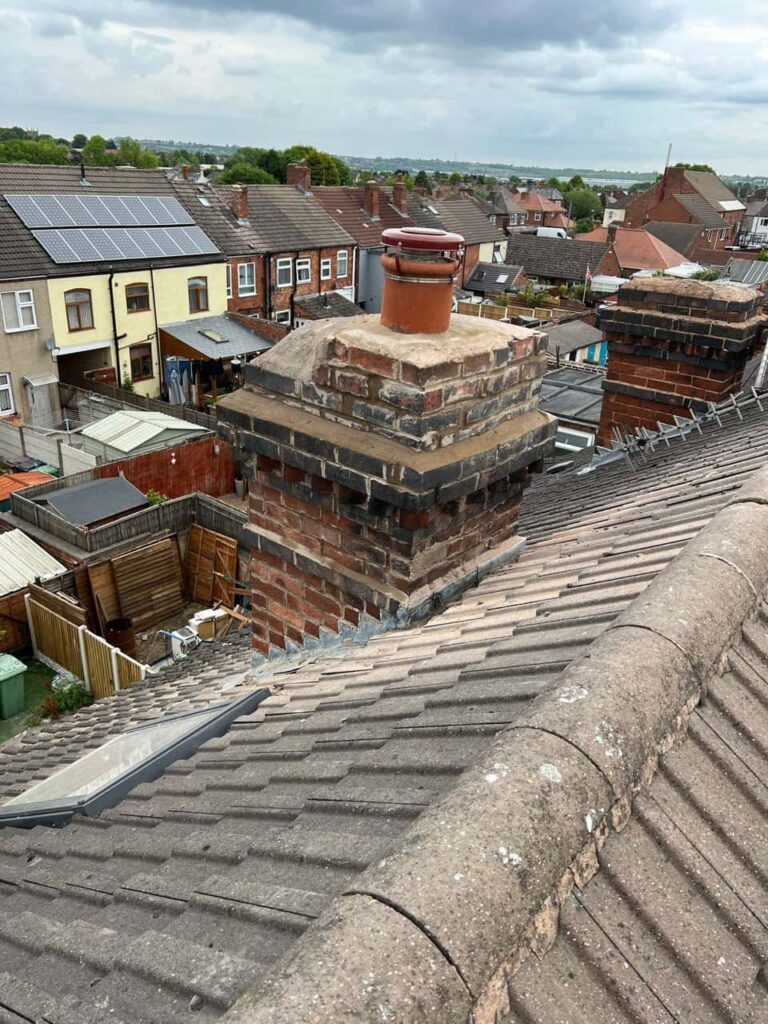Introduction
A well-designed roof is essential for protecting a home from the elements, but one often overlooked factor in roof performance is pitch. The angle or slope of a roof directly affects how well it sheds water, resists moisture build-up, and prevents mould growth. When a roof is too flat or poorly ventilated, moisture problems can develop, leading to structural damage and health risks.
At LS Roofing Uxbridge, we provide expert roofing services in Uxbridge, Middlesex, ensuring homes are protected from moisture-related issues. In this article, we explore how roof pitch influences mould prevention and why proper design and maintenance are essential.
Key Takeaways
- A steeper roof pitch improves water drainage and reduces moisture retention.
- Low-pitched roofs are more prone to water pooling and leaks.
- Proper ventilation and insulation help prevent condensation and mould growth.
- Choosing the right roof pitch depends on climate, roofing materials, and home design.
- Regular maintenance ensures long-term moisture protection.
How Roof Pitch Affects Moisture Control
Improved Water Drainage
One of the most important functions of a roof is to channel rainwater and melting snow away from the structure. A steeper pitch allows water to run off more efficiently, preventing:
- Water pooling, which increases the risk of leaks.
- Excess moisture seeping into roofing materials.
- Structural weakening caused by prolonged damp conditions.
In contrast, low-pitched or flat roofs require additional drainage solutions, such as guttering systems and waterproof membranes, to prevent standing water.
Reduced Risk of Mould Growth
Mould thrives in damp, poorly ventilated environments. When water lingers on a roof or seeps into insulation and attic spaces, it creates the perfect conditions for mould and mildew. The consequences of unchecked mould growth include:
- Damage to wooden structures and plasterboard.
- Reduced air quality inside the home.
- Potential health issues for occupants, especially those with respiratory conditions.
A well-pitched roof helps keep surfaces dry, reducing the risk of mould taking hold.
Roof Ventilation and Insulation: Essential for Moisture Control
Preventing Condensation in Roof Spaces
Even with a properly pitched roof, condensation can form inside the attic or loft if ventilation is inadequate. Warm air from inside the house rises and meets the cold roof surface, leading to moisture build-up. To prevent this:
- Sufficient roof vents should be installed to promote airflow.
- Loft insulation should allow moisture to escape rather than trapping it.
- Any roof leaks should be repaired promptly to prevent additional dampness.
Properly managed ventilation ensures that any moisture present is quickly dissipated, keeping the roof structure dry.
Choosing the Right Insulation
Insulation plays a key role in regulating temperature and preventing condensation. The right insulation should:
- Be breathable to allow excess moisture to escape.
- Be installed correctly to avoid gaps where warm air can accumulate.
- Work in conjunction with roof vents to maintain balanced airflow.
Combining good insulation with a well-pitched roof helps maintain a dry and mould-free environment.
Selecting the Best Roof Pitch for Your Home
Climate Considerations
The ideal roof pitch depends largely on the local climate. In areas with heavy rainfall, a steeper pitch is beneficial for water runoff. In drier regions, a slightly lower pitch may be acceptable, provided proper waterproofing measures are in place.
Suitable Roofing Materials
Different roofing materials perform best at specific pitches:
- Slate and tile roofs require a steeper pitch for effective drainage.
- Flat roofing materials, such as rubber or fibreglass, are designed for low slopes but need additional waterproofing.
- Metal roofing can be used on moderate pitches due to its smooth, water-resistant surface.
Choosing the correct materials based on pitch ensures longevity and prevents moisture-related issues.
Regular Maintenance to Prevent Moisture Problems
Routine Roof Inspections
Even a well-pitched roof can develop leaks or ventilation issues over time. Regular inspections help identify potential problems early, including:
- Cracked or missing tiles that allow water ingress.
- Blocked gutters preventing proper drainage.
- Signs of dampness or mould inside the attic.
Gutter and Drainage Maintenance
Gutters play a crucial role in directing water away from the roof and foundations. Keeping them clear of debris ensures proper water flow, reducing the risk of leaks and standing water.
At LS Roofing Uxbridge, we offer expert roof maintenance services in Uxbridge, Middlesex, helping homeowners keep their roofs in peak condition year-round.
Conclusion
The pitch of a roof plays a vital role in preventing moisture issues, reducing the risk of mould growth, and ensuring efficient water drainage. By choosing the right roof pitch, maintaining proper ventilation, and keeping up with regular maintenance, homeowners can protect their properties from costly water damage.
For expert roofing solutions in Uxbridge, Middlesex, LS Roofing Uxbridge provides professional installation, repairs, and maintenance to keep your roof performing at its best. Contact us today to discuss how we can help protect your home from moisture-related issues.
Call us on: 01895 917 996
Click here to find out more about LS Roofing Uxbridge
Click here to complete our contact form and see how we can help with your roofing needs.

